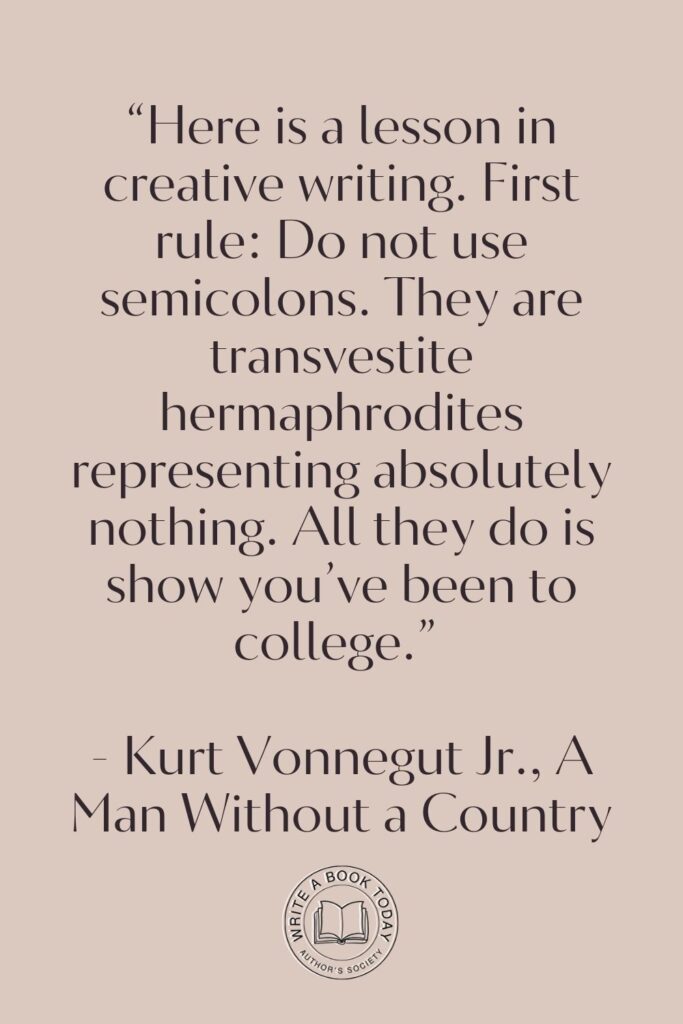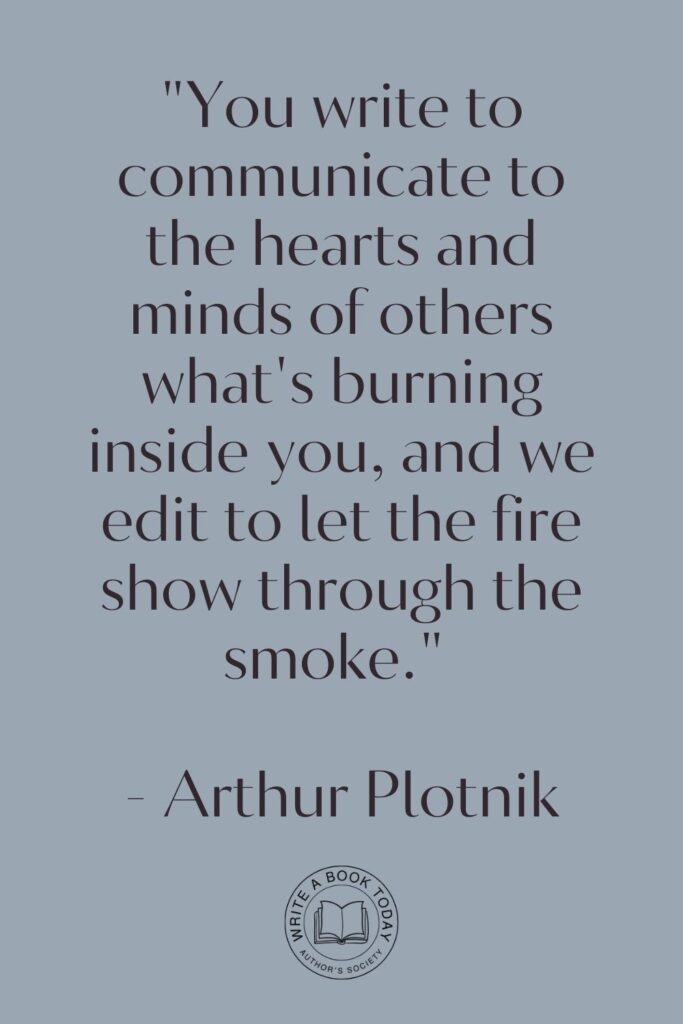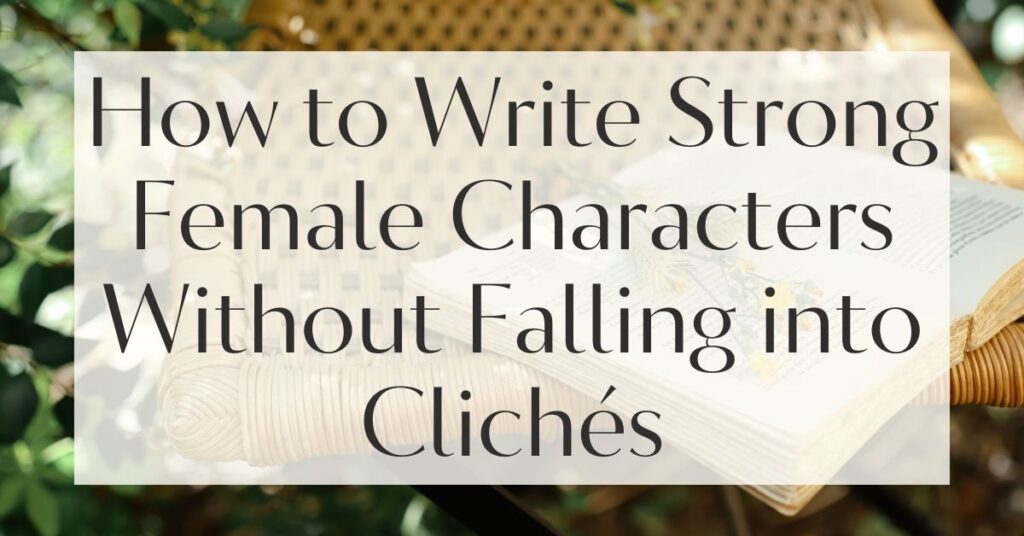In the vast tapestry of storytelling, the depiction of strong female characters is akin to painting with vibrant colors on a blank canvas. But how often do these characters fall into the trap of clichés, becoming mere shadows of their potential?
Consider the last book you read or film you watched; did the female lead stand out as an authentic character, or did she blend into the background of stereotypes?
In this blog post, we will unravel the art of crafting female characters who break free from the shackles of overused tropes and clichés. By the end, you’ll have a toolkit of insights and strategies to breathe life into your female protagonists, ensuring they resonate with authenticity and depth.
Understanding Strong Female Characters
Before we delve into the intricacies of crafting these characters, it’s crucial to understand what truly defines them. A strong female character isn’t merely about physical prowess or being a ‘tough girl.’ It’s about depth, complexity, and authenticity.
She embodies strength in various forms, be it emotional resilience, intellectual prowess, or moral fortitude. Understanding this multifaceted nature is the first step towards meaningful female representation in literature.
Defining Strength in Female Characters
Strength in female characters is often misconstrued as a singular trait—physical strength. However, true strength lies in a character’s ability to navigate life’s challenges with grace and determination.
Take, for example, Jo March from “Little Women,” whose strength is defined by her passion for writing and her desire to break societal norms. Or consider Elizabeth Bennet from “Pride and Prejudice,” who challenges societal expectations with her wit and intelligence.
These characters are compelling because their strength is rooted in authenticity and relatability, not just in their ability to wield a sword or fight a battle.
To define strength in your characters, think beyond the physical. Focus on their inner strengths—emotional, intellectual, or moral—and how these traits drive their actions and decisions. This approach will create a more rounded and engaging character.
The Importance of Female Representation
The portrayal of women in literature and media has profound implications for societal perceptions and gender norms. Strong female characters serve as mirrors reflecting diverse experiences, inspiring readers and viewers to question and expand their understanding of gender roles.
They pave the way for more inclusive storytelling, allowing audiences to see themselves in characters who challenge traditional narratives. As creators, it is our responsibility to ensure that female representation is not only present but also meaningful and varied.
Consider the impact of your characters on readers. Ask yourself: How does this character contribute to the conversation about gender equality and diversity? Strive to create characters that challenge stereotypes and offer fresh perspectives.

Common Clichés in Female Characterization
Despite the growing awareness of the need for diverse and authentic female characters, many stories still fall into the trap of clichéd portrayals. These clichés can diminish the impact of a character and perpetuate outdated stereotypes.
Stereotypes to Avoid
The damsel in distress, the over-sexualized heroine, the token woman in a male-dominated cast—these are just a few examples of stereotypes that writers should avoid. Such characterizations not only limit the scope of female characters but also reinforce harmful gender norms.
Instead, aim to create characters with agency, who make decisions and drive the narrative forward. Consider Hermione Granger from the “Harry Potter” series, who is intelligent, resourceful, and integral to the story, not just a sidekick to male protagonists.
- Avoid reducing characters to their relationships with male counterparts.
- Steer clear of making female characters one-dimensional by focusing solely on their physical appearance.
- Refrain from using female characters as mere plot devices to further the male protagonist’s journey.
Recognizing One-Dimensional Characters
One-dimensional characters lack depth and complexity, making them forgettable and uninspiring. They are often defined by a single trait or role, such as the ‘mother,’ ‘wife,’ or ‘femme fatale.’
To avoid this pitfall, consider the character’s motivations, fears, and desires. What drives them? What are their flaws and strengths? By exploring these aspects, you can create multi-dimensional characters who feel real and relatable.
Develop characters by exploring their backstories and personal growth. Ask yourself: What experiences shaped this character? How do they change throughout the story? This exploration will add depth and realism to your characters.
Google Docs is for notes. Scrivener is for novels. Upgrade your writing game and try it for free today!

Crafting Authentic Characters
Crafting authentic characters involves more than just avoiding clichés; it’s about creating individuals with whom readers can connect on a personal level. Authenticity comes from developing characters with rich backstories and a balance of strengths and vulnerabilities.
Creating Complex Backstories
Every character has a history that shapes their present and future. A well-crafted backstory provides context for a character’s actions and decisions, making them more relatable and believable.
For instance, Katniss Everdeen from “The Hunger Games” is driven by her past experiences of loss and survival, which influence her choices throughout the series. By delving into your character’s past, you can uncover motivations and conflicts that add layers to their personality.
| Element | Description |
|---|---|
| Family Background | Consider the character’s family dynamics and how they influence their behavior. |
| Key Experiences | Identify significant events that have shaped the character’s worldview. |
| Personal Goals | Define what the character aspires to achieve and why. |

Balancing Strength and Vulnerability
A truly compelling character is one who embodies both strength and vulnerability. This balance makes them relatable and human.
Consider Arya Stark from “Game of Thrones,” who is fiercely independent yet grapples with fear and loss. Her vulnerability does not diminish her strength; rather, it enhances her character by showing her resilience in the face of adversity.
When writing your characters, allow them to experience fear, doubt, and failure, as these moments of vulnerability can lead to powerful character development.
Embrace vulnerability in your characters as a tool for growth. Show how their weaknesses lead to personal development and resilience. This approach will create more dynamic and engaging characters.
Techniques for Writing Strong Female Characters
Writing strong female characters requires intentionality and a commitment to authenticity. By drawing inspiration from real life and incorporating diverse perspectives, writers can create characters who resonate with readers on a deeper level.
Using Real-Life Inspirations
Real-life figures can serve as a rich source of inspiration for creating strong female characters. Look to historical figures, activists, or even people in your own life who embody the traits you wish to portray.
For instance, Malala Yousafzai’s courage and advocacy for girls’ education can inspire a character who fights for social justice. By grounding your characters in reality, you add authenticity and relatability to their stories.
Feeling lost with your debut novel?
Fiverr Pro connects you with expert editors, designers, and marketers – everything you need to get your book ready for success!

Incorporating Diverse Perspectives
Diversity in storytelling is not just about including characters from different backgrounds but also about representing their unique perspectives and experiences. By incorporating diverse voices, you enrich your narrative and provide readers with a broader understanding of the world.
Consider Chimamanda Ngozi Adichie’s works, which offer insights into Nigerian culture and the immigrant experience. By embracing diversity, you not only create more inclusive stories but also challenge readers to think critically about the world around them.
Engaging Your Audience
Engagement with your audience goes beyond simply telling a story; it’s about eliciting empathy and encouraging conversations about female representation in literature.
Eliciting Empathy Through Relatable Experiences
Empathy is a powerful tool in storytelling. By crafting characters with relatable experiences, you invite readers to step into their shoes and view the world from their perspective.
Consider Scout Finch from “To Kill a Mockingbird,” whose innocence and curiosity allow readers to explore themes of racism and morality. By connecting with readers on an emotional level, you create a lasting impact that extends beyond the page.

Encouraging Discussions on Female Representation
Stories have the power to spark dialogue and inspire change. By creating strong female characters, you contribute to the ongoing conversation about gender equality and representation.
Encourage readers to reflect on the narratives they consume and challenge traditional portrayals of women. Invite discussions through book clubs, social media, or writing workshops, fostering a community of readers and writers committed to diverse storytelling.
The Impact of Strong Female Characters in Literature
The influence of strong female characters extends beyond individual stories, shaping cultural narratives and inspiring future generations of writers and readers.
Influencing Cultural Narratives
Strong female characters have the power to challenge societal norms and redefine cultural narratives. By presenting women as complex and capable individuals, writers can reshape perceptions and contribute to a more equitable world.
Characters like Wonder Woman and Hermione Granger have become cultural icons, inspiring audiences to embrace diversity and empowerment. Through storytelling, we can create a ripple effect that influences how society views and values women.
No marketing platform? No social following? No problem!
Publisher Rocket helps you market your debut novel like a pro.
It’s a gamechanger for debut authors – try it today!


Inspiring Future Generations of Writers
The presence of strong female characters in literature serves as a beacon for aspiring writers, encouraging them to tell their own stories and amplify diverse voices. By showcasing authentic and multifaceted female characters, we pave the way for new narratives that reflect the richness of human experience.
As writers, we have the opportunity to inspire a new generation of storytellers who will continue to push the boundaries of representation and creativity.
In conclusion, crafting strong female characters requires a commitment to authenticity, diversity, and meaningful representation. By breaking free from clichés and embracing complexity, we can create characters who resonate with readers and inspire change.
Let us continue to champion female voices in storytelling, celebrating the strength and diversity that make our narratives richer and more impactful.








